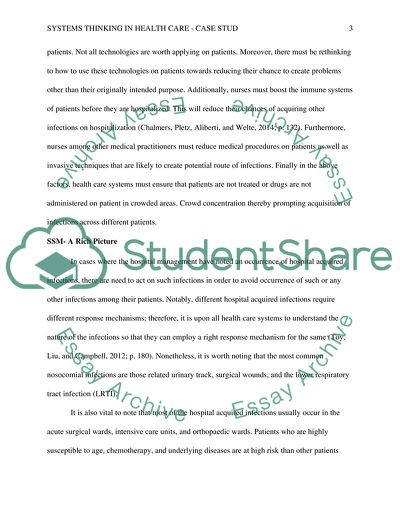Cite this document
(Systems Thinking in Health Care Case Study Example | Topics and Well Written Essays - 2500 words, n.d.)
Systems Thinking in Health Care Case Study Example | Topics and Well Written Essays - 2500 words. https://studentshare.org/systems-science/1851285-systems-thinking-in-health-care-case-study
Systems Thinking in Health Care Case Study Example | Topics and Well Written Essays - 2500 words. https://studentshare.org/systems-science/1851285-systems-thinking-in-health-care-case-study
(Systems Thinking in Health Care Case Study Example | Topics and Well Written Essays - 2500 Words)
Systems Thinking in Health Care Case Study Example | Topics and Well Written Essays - 2500 Words. https://studentshare.org/systems-science/1851285-systems-thinking-in-health-care-case-study.
Systems Thinking in Health Care Case Study Example | Topics and Well Written Essays - 2500 Words. https://studentshare.org/systems-science/1851285-systems-thinking-in-health-care-case-study.
“Systems Thinking in Health Care Case Study Example | Topics and Well Written Essays - 2500 Words”. https://studentshare.org/systems-science/1851285-systems-thinking-in-health-care-case-study.


